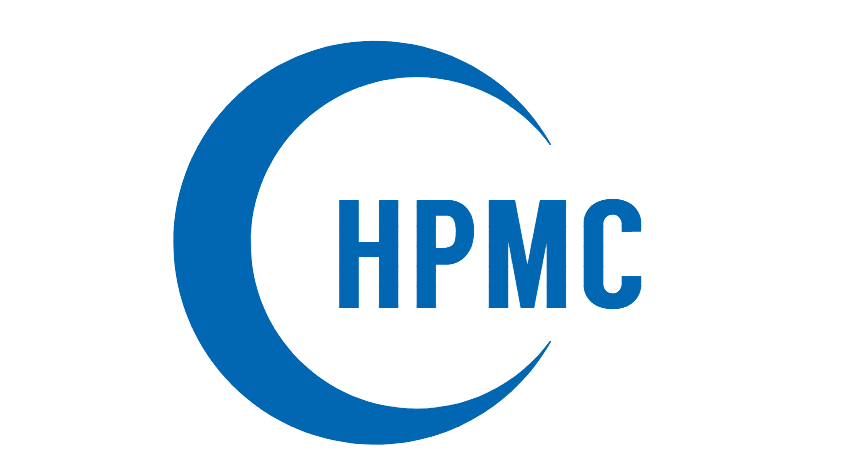HPMC manufacturer-Application of HPMC in tile adhesive
The effect of hydroxypropyl methylcellulose in tile adhesive mainly shows the following points. First of all, the amount of cellulose added is added and debugged along with the amount of cement. The addition of hydroxypropyl methylcellulose to the tile adhesive mainly increases the viscosity of the product, and the amount of hydroxypropylmethyl cellulose added also needs to be increased relatively. At the same time, if the tensile adhesive strength after immersion in water and the tensile adhesive strength after thermal aging will also increase slowly, the amount of cement at this time should also be relatively above 30%.
If the amount of hydroxypropyl methylcellulose in the tile adhesive is continuously increased, the increase in the tensile bond strength after the tile adhesive is immersed in water and after heat aging is very obvious. With the addition of cellulose, the adhesive strength of the tile adhesive they produce also changes accordingly. When adding cellulose, it is necessary to determine how much cellulose can play a real role in the application. The effect of cellulose in mortar is also very outstanding, which can make cement mortar produce better flexibility and tensile bond strength. Can make cellulose and mortar get a good combination, forming a continuous polymer film in the pores. It strengthens the bond between the base materials and blocks some of the pores in the mortar, which can improve the performance of the cement mortar.
